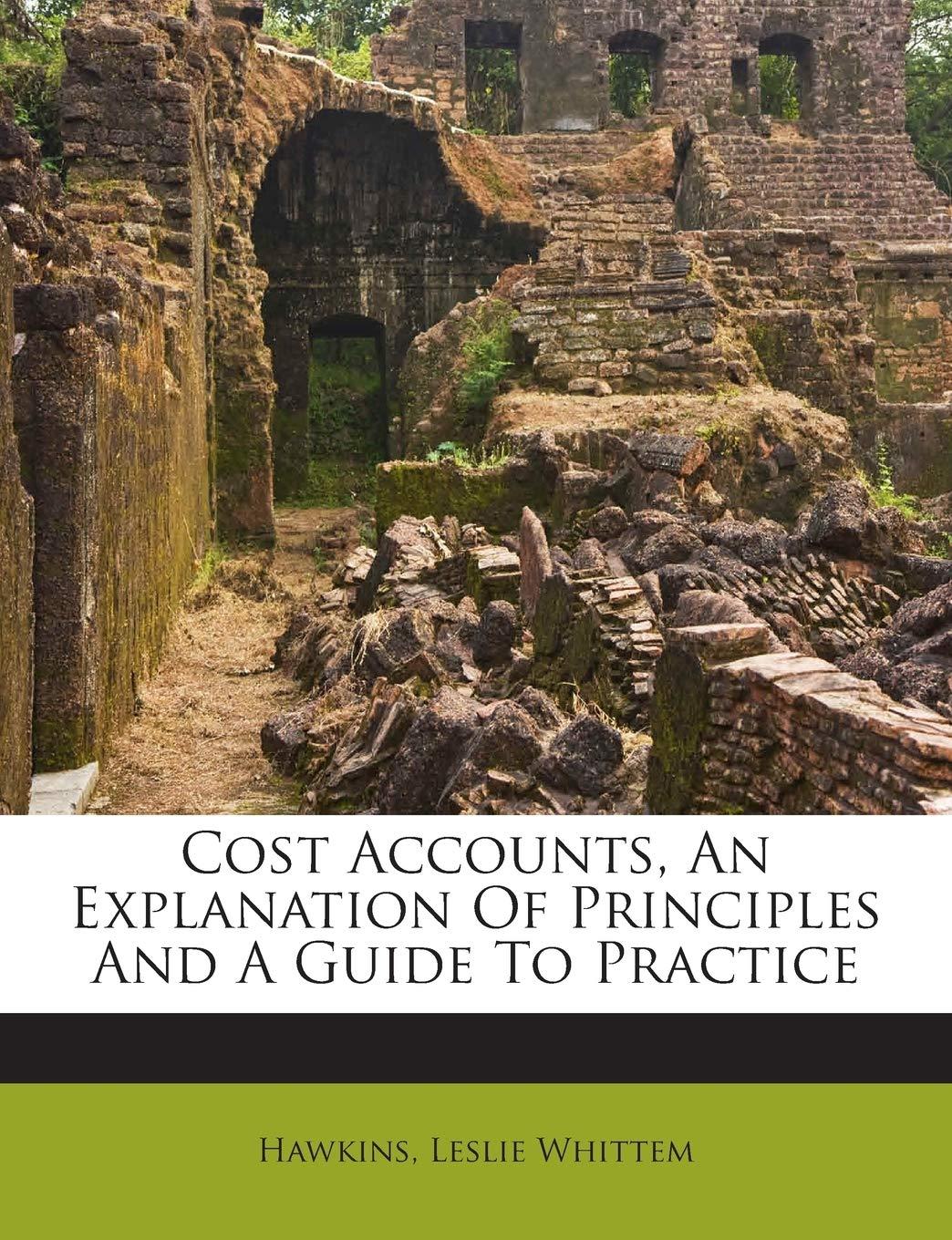Question
The following transactions apply to Jova Company for 2016, the first year of operation: 1. Issued $10,000 of common stock for cash. 2. Recognized $210,000
The following transactions apply to Jova Company for 2016, the first year of operation:
1. Issued $10,000 of common stock for cash.
2. Recognized $210,000 of service revenue earned on account.
3. Collected $162,000 from accounts receivable.
4. Paid $125,000 cash for operating expenses.
5. Adjusted the accounts to recognize uncollectible accounts expense. Jova uses the allowance method of accounting for uncollectible accounts and estimates that uncollectible accounts expense will be 1 percent of sales on account.
The following transactions apply to Jova for 2017:
1. Recognized $320,000 of service revenue on account.
2. Collected $335,000 from accounts receivable.
3. Determined that $2,150 of the accounts receivable were uncollectible and wrote them off.
4. Collected $800 of an account that had previously been written off.
5. Paid $205,000 cash for operating expenses.
6. Adjusted the accounts to recognize uncollectible accounts expense for 2017. Jova estimates uncollectible accounts expense will be 0.5 percent of sales on account.
Complete the following requirements for 2016 and 2017. Complete all requirements for 2016 prior to beginning the requirements for 2017.
| b. | Show the effect of each transaction on the elements of the financial statements, using a horizontal statements model like the one shown here. Use + for increase, for decrease, and NA for not affected. Also, in the Cash Flow column, indicate whether the item is an operating activity (OA), investing activity (IA), or financing activity (FA). Use NA to indicate that an element was not affected by the event. The first transaction is entered as an example. (Hint: Closing entries do not affect the statements model.)
|
Step by Step Solution
There are 3 Steps involved in it
Step: 1

Get Instant Access to Expert-Tailored Solutions
See step-by-step solutions with expert insights and AI powered tools for academic success
Step: 2

Step: 3

Ace Your Homework with AI
Get the answers you need in no time with our AI-driven, step-by-step assistance
Get Started


